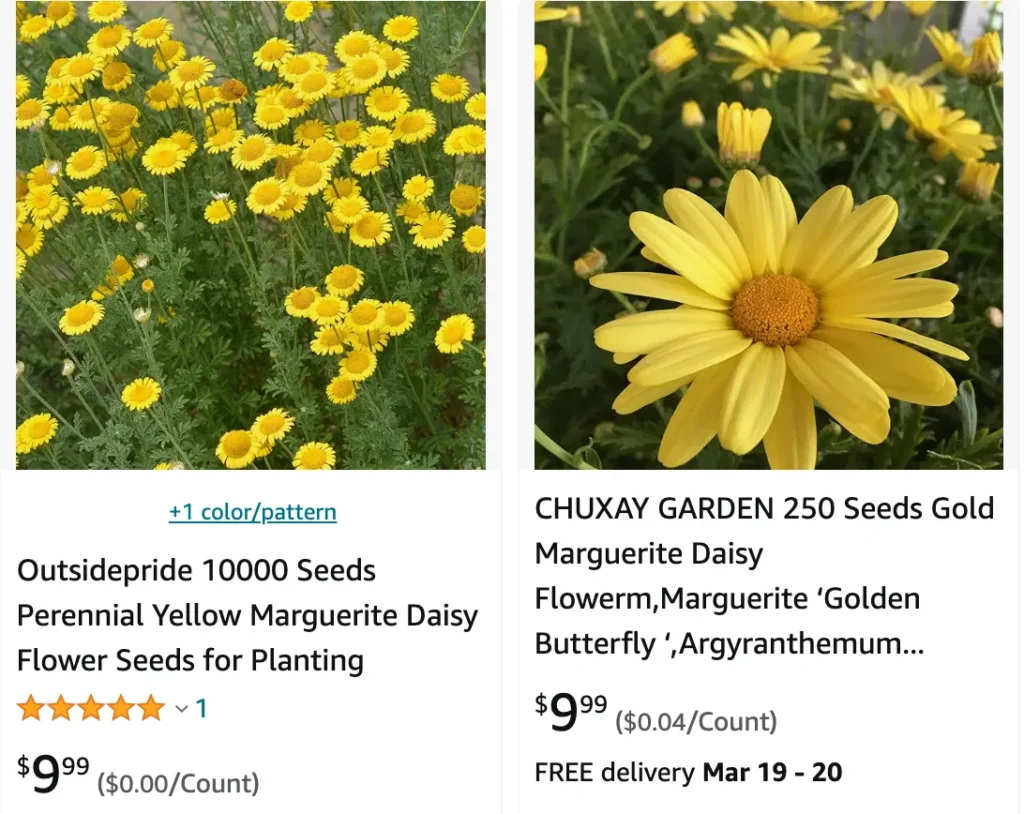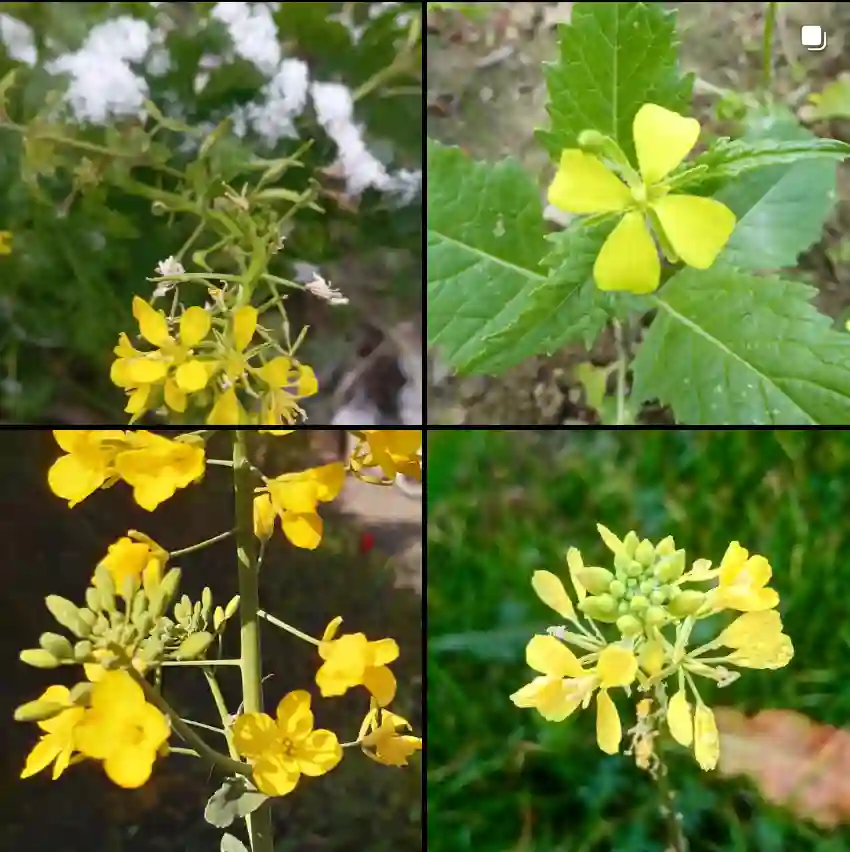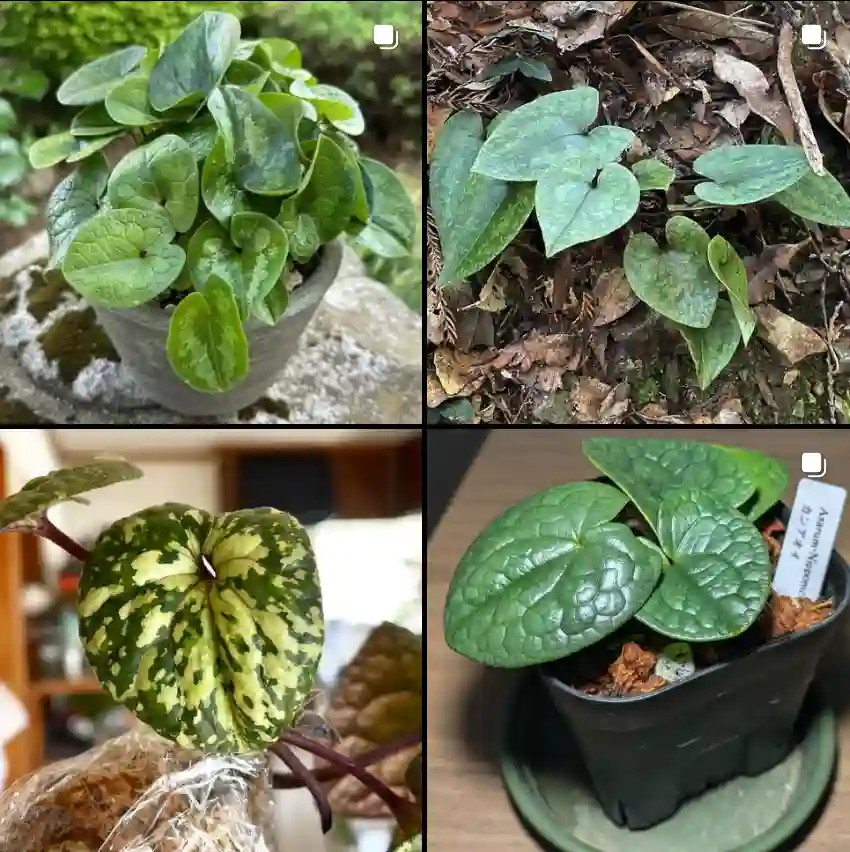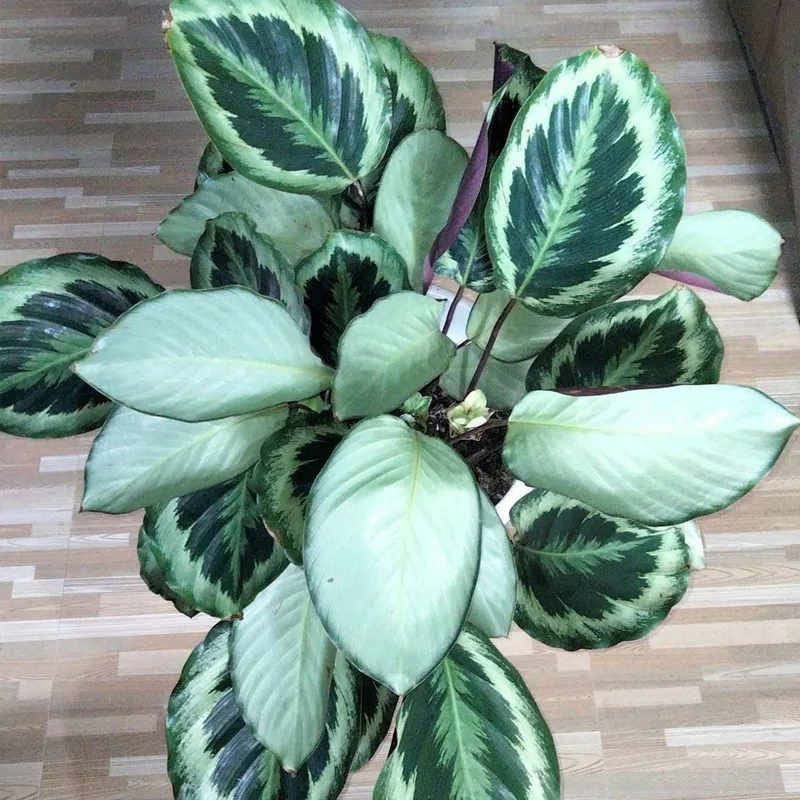
A Gardener’s Guide to the Charming Argyranthemum Frutescens
They say life is better with a splash of color, and for that, few plants rival the vibrancy of the Argyranthemum frutescens, also known as the Marguerite daisy. These cheerful perennials, with their daisy-like blooms in shades of white, pink, and yellow, have become a favorite in my garden. But their delicate beauty shouldn’t fool you – these little suns are surprisingly resilient.
Over the past few seasons, I’ve learned the secrets to keeping my Argyranthemum frutescens thriving, even in our hot and dry climate. In this guide, I’ll share my experience and everything you need to know to bring a burst of color to your own garden.
23 Species in Genus Argyranthemum
How to plant Argyranthemum Frutescens?
The first step is choosing the perfect spot for your Argyranthemum frutescens. They crave sunshine, so select a location that gets at least 6-8 hours of direct sunlight daily. Well-draining soil is crucial, as these plants don’t tolerate soggy roots. Amending your soil with sand or perlite can help achieve the right drainage, especially in clay-heavy soils.
Once you’ve chosen the ideal location, dig a hole slightly larger than the plant’s root ball. Gently loosen the roots before placing your Marguerite daisy in the hole. Fill the gap with soil, ensuring the base of the plant sits level with the surrounding soil line. Water thoroughly to settle the soil and remove any air pockets.
How to Care for Argyranthemum frutescens?
With proper care, your Argyranthemum frutescens will reward you with a long blooming season. Here’s what I’ve found works best:
- Watering: Finding the right watering schedule is key. While they appreciate consistent moisture, avoid overwatering. Let the top inch of soil dry out before watering deeply.
- How often to water Argyranthemum frutescens pink in the desert? This depends on the intensity of the desert sun and the drainage of your soil. In general, expect to water more frequently during the hottest months, possibly daily in extreme heat. A finger test is your best friend here – stick your finger into the soil and water deeply if it feels dry to the touch.
- Feeding: During the growing season, a light feeding with a balanced fertilizer every 4-6 weeks can encourage healthy growth and abundant blooms. Opt for a slow-release fertilizer to avoid burning the roots.
- Deadheading: To promote continuous blooming, regularly deadhead spent flowers. Simply pinch off the wilted flower head just below the base of the bloom. This encourages the plant to focus its energy on producing new flowers rather than setting seed.
- Pruning: Light pruning throughout the growing season can help maintain a bushy and compact shape. Pinch off leggy stems or trim back overgrown areas to encourage new growth.
How to Winter Care for Argyranthemum frutescens?
While technically a perennial, Argyranthemum frutescens can struggle in colder climates. Here in warm winters, they typically survive outdoors. However, if you live in a region with harsh winters, you can bring your Marguerite daisy indoors before the first frost.
Choose a bright, sunny location inside your home and water sparingly. Reduce fertilizer application during the winter months. With proper care, your Argyranthemum frutescens can brighten your indoor space throughout the winter and be returned outdoors come spring.
Creating a Thriving Ecosystem: What to Plant with Argyranthemum frutescens
The vibrant blooms of the Argyranthemum frutescens pair beautifully with a variety of plants. Here are a few ideas to create a stunning display in your garden:
- Complementary colors: Consider planting blue or purple flowering companions like lavender or Salvia for a striking color contrast.
- Textural interest: Pair your Marguerite daisies with low-growing, trailing plants like creeping thyme or ornamental grasses to add textural interest and soften the edges of your flowerbed.
- Pollinator magnets: Attract butterflies and bees to your garden by planting herbs with fragrant flowers like rosemary or thyme near your Argyranthemum frutescens.
The Joy of Propagation: Multiplying Your Marguerite Daisy Magic
The beauty of the Argyranthemum frutescens is that they’re relatively easy to propagate. Here are two methods you can try:
- Seed propagation: While this method takes longer, it’s a rewarding way to obtain new plants. Sow seeds indoors a few weeks before the last frost date in your area. Once the seedlings are established, harden them off and transplant them outdoors.
- Stem cuttings: This is a quicker way to multiply your existing plants. Take stem cuttings in the spring or early summer.
If i die, water my plants!



